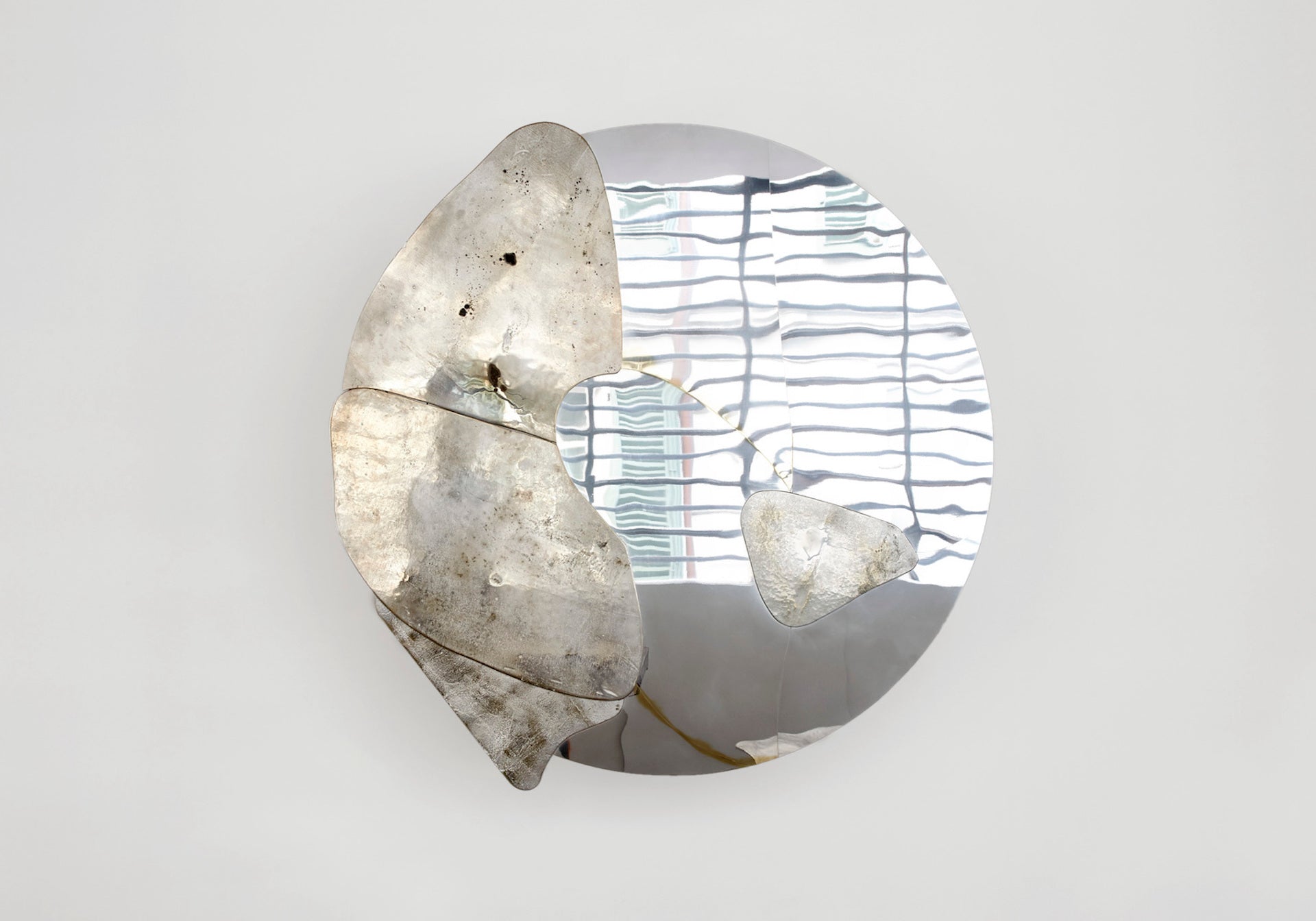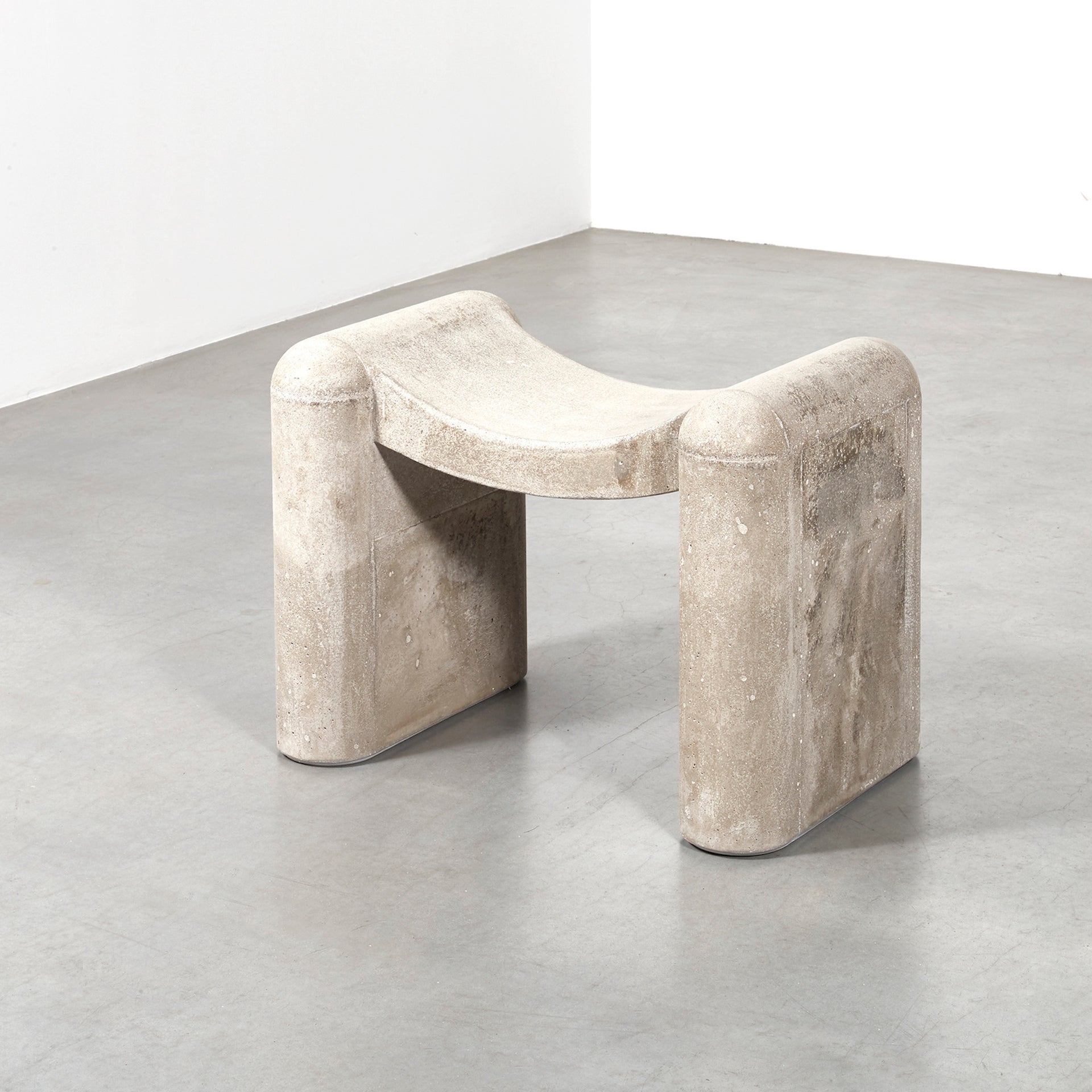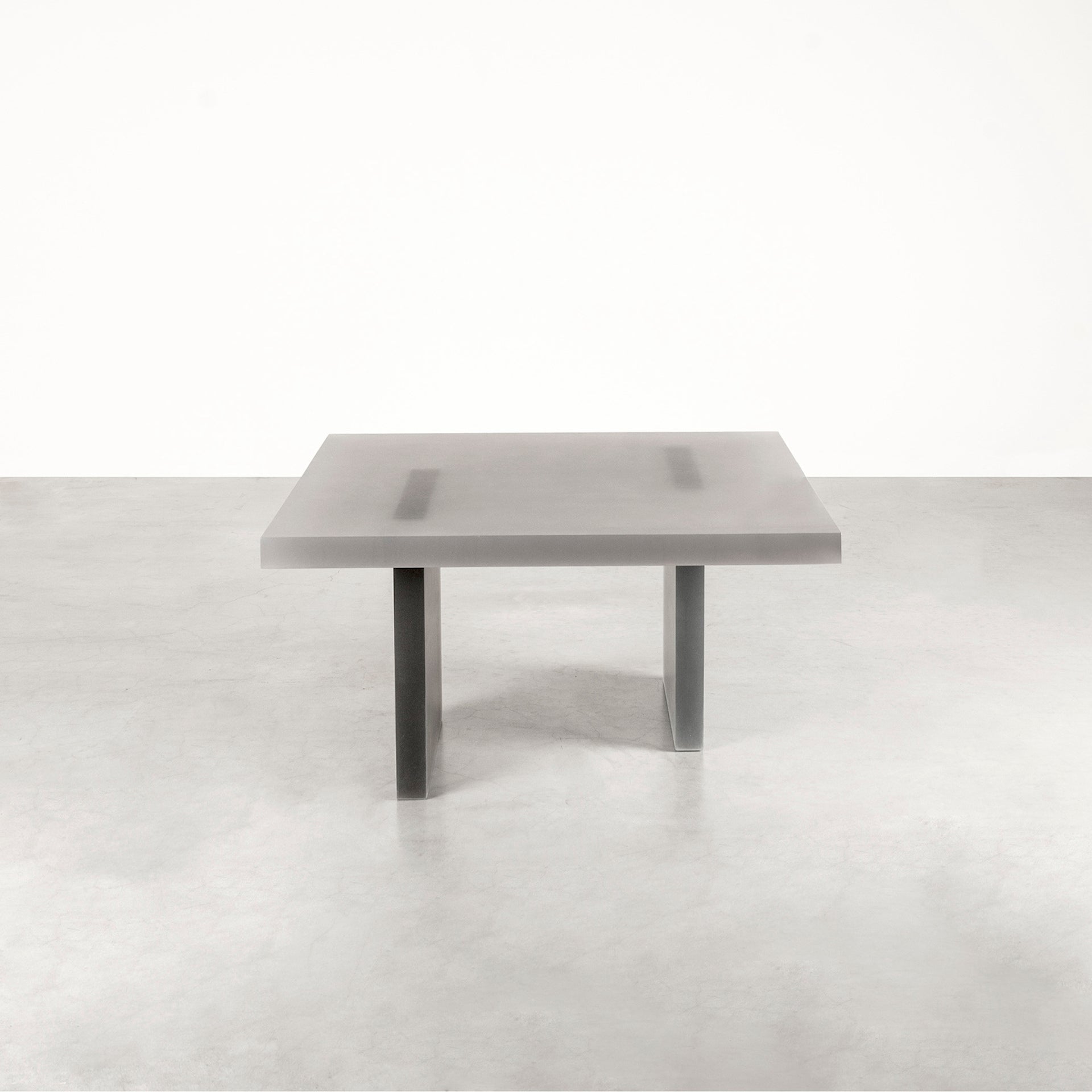How to Make It
Material Space
Carpenters Workshop Gallery highlights designers’ signature approaches to materials and processes
This month in Aspen, Carpenters Workshop Gallery in partnership with Lehmann Maupin opened Material Space, a pop-up exhibition that brings together works of both art and design, including pieces by Ron Arad, McArthur Binion, Nacho Carbonell, Wendell Castle, Mary Corse, Ingrid Donat, Shirazeh Houshiary, Karl Lagerfeld, Liza Lou, Rick Owens, and more. A diverse assemblage, to be sure, but what these creatives have in common is that each offers signature approach to materials and processes.
To mark the occasion of Material Space, we asked Carpenters to highlight a few of the designers in the show and share thoughts on the material modi operandi that drives their practices.
Aldo Bakker

“The work of Dutch artist Aldo Bakker centers around a deep exploration of form and colour. The inherent ambiguity of each piece is designed as a conscious challenge to traditional concepts of functionality that prevail in modern life. Bakker needs to spend much time with his work before considering it a finished piece. When they leave the studio—often after years of careful deliberation—the objects no longer bear witness to their maker, but exclusively to their own existence.”
Nacho Carbonell

“Nacho Carbonell’s artistic process is tactile and experiential, believing in using his hands to imbue his spirit in all his work. Each of his unique light sculptures can take over 1,000 hours to complete, due to the complexity of sourcing, shaping, and assembling the many metal, glass, stone, and electric components. Many parts are found locally and recycled, proposing the plant-like sculptures have grown organically from their urban surroundings.”
Vincenzo de Cotiis

“Vincenzo de Cotiis crafts his artworks from materials defined by their relationship with light and their illuminating surfaces. The artist consistently chooses to work with materials such as marble, brass, and glass, due to their exceptional reflective and iridescent qualities, as seen in his DC1728 wall cabinet. De Cotiis is on an eternal quest to capture light in form, constantly questioning how to embody its non-essence.”
Pierre Jeanneret

“Pierre Jeanneret’s furniture survives as an extension of his architectural principles, with an emphasis on function, no decoration, and a justification of each component. As a result, their finished forms exist in perfect clarity. The timeless and durable nature of Jeanneret’s furniture has led to its incredible market renaissance in recent years.”
Rick Owens

“The work of acclaimed fashion designer Rick Owens displays a demanding and singular aesthetic. A self-professed ‘control freak,’ he has meticulously shaped his environment in all areas of fashion and interior design, resulting in striking artworks. His Soft Stool (2014) is a calculated misnomer, as the ‘soft’ of the stool’s title refers to the seat’s low curve rather than its concrete material. The stool is exemplary of Owen’s minimalist aesthetic choices, and his preference for monochrome pieces.”
Wonmin Park

“In his Haze series, Korean artist Wonmin Park revolutionised working with pigments and resin, rendering abstract and minimal art in 3D. As tables, their colourful and linear components seem Memphis-esque, but it is notable that when viewed from above the pigmented sections more closely resemble the color-field works of Mark Rothko.”
Charles Trevelyan

“Australian designer Charles Trevelyan asks a fundamental question in his work: why is the natural world considered beautiful, when it is so irregular? He crafts his work with the same deviations and random occurrences that proliferate in nature, resulting in complex organisms. His Fuse tables are crafted from interlocking planes of stone mined from the world renowned Hotavlje quarries in Slovenia and resemble the organic forms of Isamu Noguchi’s work.” ◆
